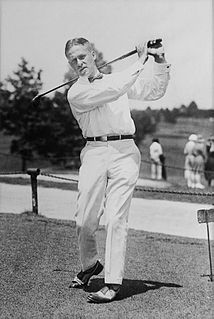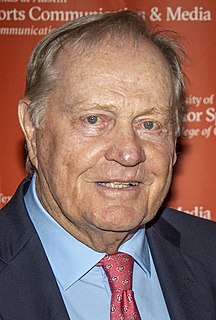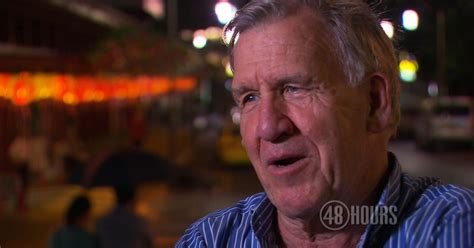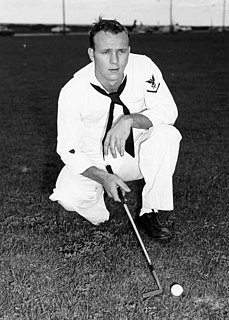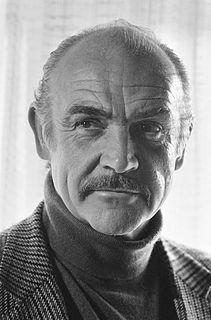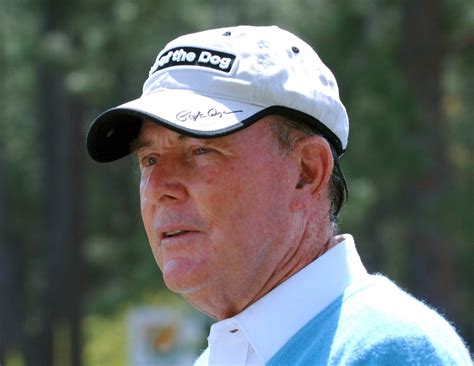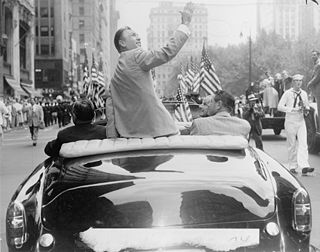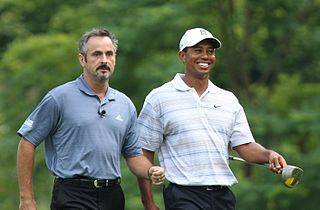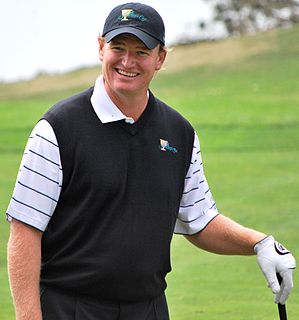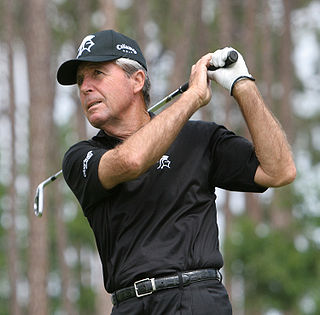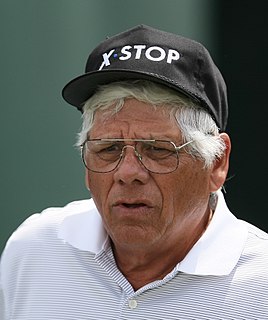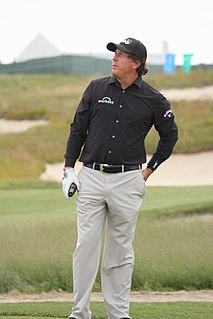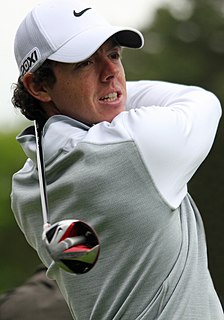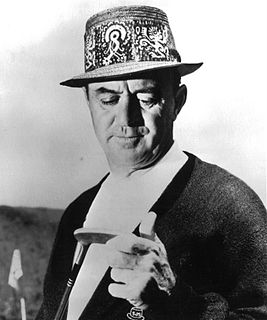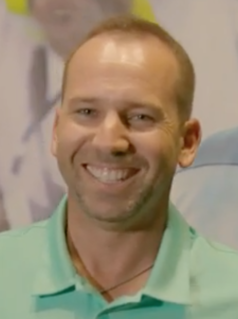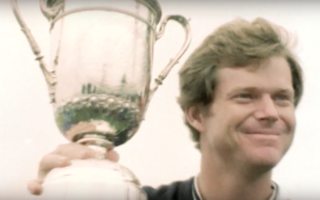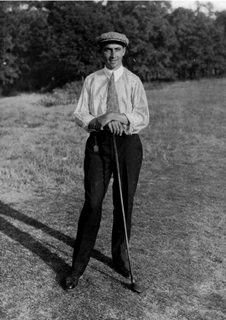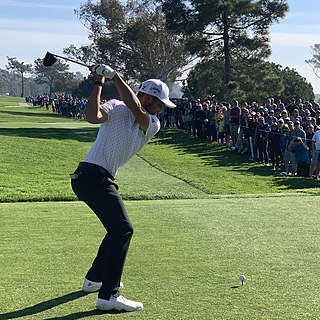A Quote by Bobby Jones
I think that (Alister) MacKenzie and I managed to work as a completely sympathetic team. Of course there was never any question that he was the architect and I was the advisor and consultant. No man learns to design a golf course simply by playing golf, no matter how well. But it happened that both of us were extravagant admirers of the Old Course at St Andrews and we both desired as much as possible to simulate seaside conditions insofar as the differences in turf and terrain would allow.
Related Quotes
St. Andrews by far is my favorite golf course in the world. It's where the game all started, it's why we have 18 holes instead of 22 and I think the history behind St. Andrews is amazing. There is no other golf course in the world that can say that every great player who has ever played the game has played that golf course.
The great Jack Nicklaus summed things up neatly during a charity match on the Old Course at St. Andrews where he and I were playing against Ben Crenshaw and Glen Campbell. I asked him what he considered to be the most important factor to overcome in the game of golf. His reply, "It's an unfair game."
That's the thing about golf. In a team sport, when a team's on a roll, you have a little bit more data and comfort in predicting whether the roll's gonna continue, whether the team is playing well and who the opponent is. But the golf course is the opponent. It changes every round in terms of wind and weather and so forth. And your game is never the same two days in a row. It's almost impossible to handicap and predict.
